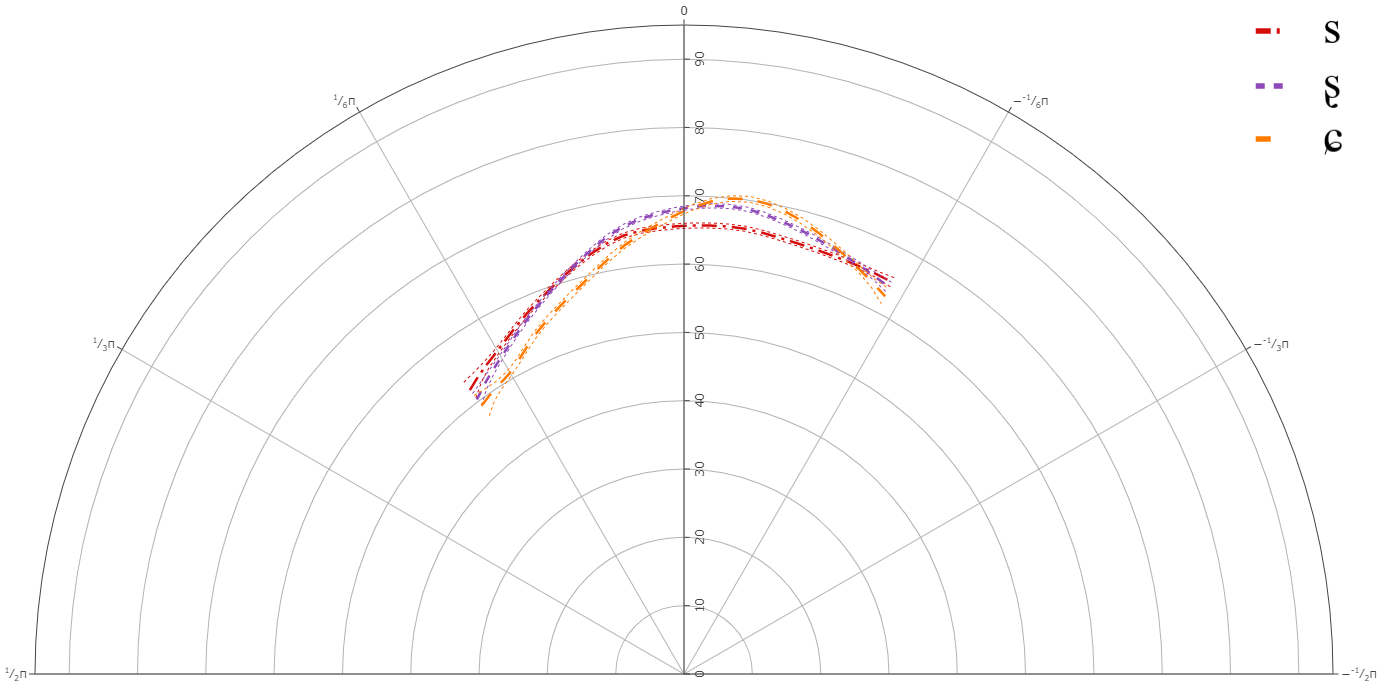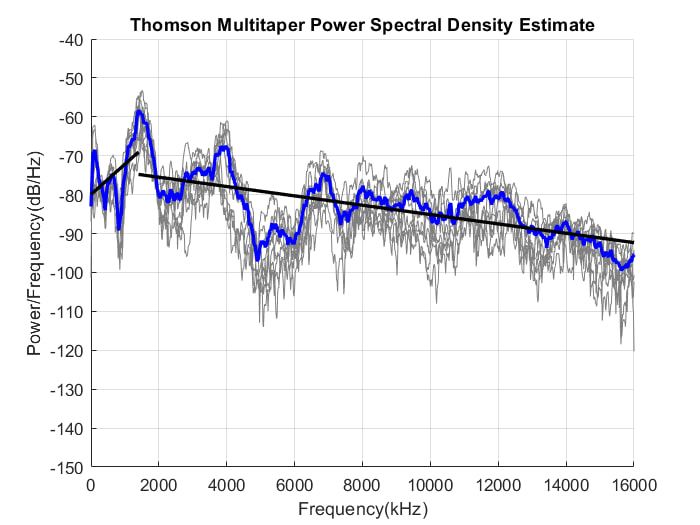Projects
Multilingual Acquisition of Upper and Lower Sorbian
The goal of this project is to investigate how multilinguals acquire acoustic and articulatory representations of their nondominant language. Recent research has shown that linguistic representation is distributed in the motor cortex, where it serves as acquired speech motor plans, and in the auditory cortex, where it serves as acquired acoustic-perceptual categories. In order to properly acquire a language, learners must develop a set of acoustic and articulatory representation. Acoustic and articulatory representations play a large role in speech comprehension and speech production, as well as phonological knowledge specific to the acquired languages. Research into multilingual acquisition has indicated that both early and late bilingual learners can form novel acoustic and articulatory categories in their internalized language structure. However, multilinguals have been shown to acquire representations that do not mirror the target language or the learner's L1 and it is still unclear how their representations develop. My project examines the multilingual acquisition of German and Upper and Lower Sorbian at different stages of fluency to assess how acoustic and articulatory representation develops. To do this, I am examining speech production using acoustic and ultrasound techniques. The aim of each of my studies is to investigate multilinguals at various stages of language acquisition to determine how similar sounds in each language emerge with distinct acoustic and articulatory representations.
This project has been extend to include L2 acquisition of Polish sibilants by Czech speakers and acquisition of the German rhotic by Polish speakers to develop a novel theory of second language acquisition.
The goal of this project is to investigate how multilinguals acquire acoustic and articulatory representations of their nondominant language. Recent research has shown that linguistic representation is distributed in the motor cortex, where it serves as acquired speech motor plans, and in the auditory cortex, where it serves as acquired acoustic-perceptual categories. In order to properly acquire a language, learners must develop a set of acoustic and articulatory representation. Acoustic and articulatory representations play a large role in speech comprehension and speech production, as well as phonological knowledge specific to the acquired languages. Research into multilingual acquisition has indicated that both early and late bilingual learners can form novel acoustic and articulatory categories in their internalized language structure. However, multilinguals have been shown to acquire representations that do not mirror the target language or the learner's L1 and it is still unclear how their representations develop. My project examines the multilingual acquisition of German and Upper and Lower Sorbian at different stages of fluency to assess how acoustic and articulatory representation develops. To do this, I am examining speech production using acoustic and ultrasound techniques. The aim of each of my studies is to investigate multilinguals at various stages of language acquisition to determine how similar sounds in each language emerge with distinct acoustic and articulatory representations.
This project has been extend to include L2 acquisition of Polish sibilants by Czech speakers and acquisition of the German rhotic by Polish speakers to develop a novel theory of second language acquisition.
GAMM tongue contours for /s, ʂ, ɕ/ for a bilingual speaker of German and Lower Sorbian. /s/ is in red, /ʂ/ purple is in purple, /ɕ/ is in yellow. Dotted lines represent 95% confidence intervals. Tongue tip is on the right.
The phonetics and phonology of sibilant fricatives with Marzena Żygis (Zentrum für Allgemeine Sprachwissenschaft, Germany) and Irfana Madathodiyil (All India Institute of Speech and Hearing, India).
We are examining the acoustic characteristics of sibilants in the cross-linguistic context to determine how contrast is maintain between different places of articulation and how that factors in to the different phonological behaviours of sibilant fricatives across languages. Currently we are working on a cross-linguistic project sibilants in Hindi, English, Malayalam, and Mandarin.
Additionally, we are examining how L1 learners of Malayalam, Telegu, and Hindi acquire the articulatory routines (i.e., constriction location and articulatory timing of speech gestures) to develop a more nuanced perspective on first language acquisition.
We are examining the acoustic characteristics of sibilants in the cross-linguistic context to determine how contrast is maintain between different places of articulation and how that factors in to the different phonological behaviours of sibilant fricatives across languages. Currently we are working on a cross-linguistic project sibilants in Hindi, English, Malayalam, and Mandarin.
Additionally, we are examining how L1 learners of Malayalam, Telegu, and Hindi acquire the articulatory routines (i.e., constriction location and articulatory timing of speech gestures) to develop a more nuanced perspective on first language acquisition.
|
Plot of F2 and F3 (ERB scale) values for the average identification of manipulated formant frequencies by Hindi, Mandarin, and English listeners.
|
Cross Linguistic Examination of the Production and Perception of Approximants with Irfana Madathodiyil (All India Institute of Speech and Hearing, India).
We are examining how approximants are linked as a class along acoustic-perceptual groups. One of the main goals is to uncover how liquids separate themselves from other approximants in the acoustic-perceptual space. This has been a long standing issue in phonetics because there has been no phonetic evidence to support the superclass of liquids, despite significant phonological evidence. This project is being extended to a cross-linguistic examination of 50 languages to determine what, if any, acoustic properties liquids and approximants have in common. |
|
Thomson Multitaper Power Spectral Density Estimate for the rounded uvular fricative. The blue line represents the average PSD and the black lines represent m1 and m2, respectively.
|
Language Documentation and Revitalization with Sonya Bird (University of Victoria, Canada).
Our aim with this project is to examine acquisition trajectories for L2 learners of Hul’q’umi’num’. We are comparing spectral moments from fricatives and affricates for L2 learners at different stages of acquisition and comparing them to L1 speakers. Our goal is to understand acquisition trajectories and how internalized L2 structure develops with experience. We are also examining the complex and rare posterior fricative system (3-way velar/uvular fricative) in Hul’q’umi’num’. Our goal is to understand how this system is maintained through spectral cues. |



